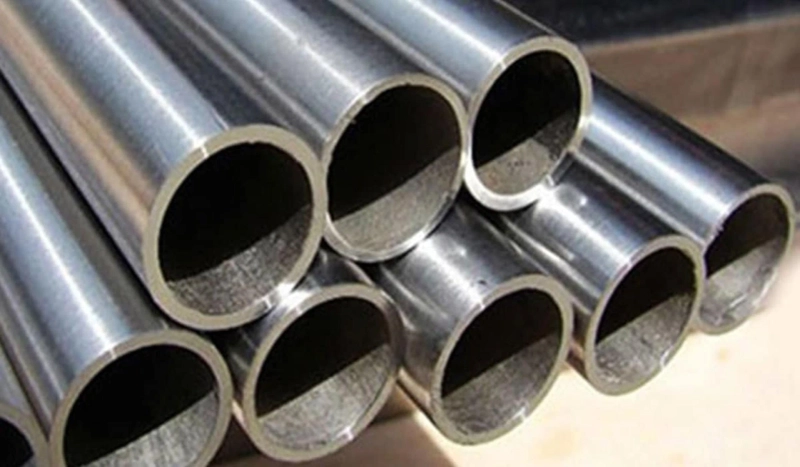What Is the Main Distinction Between Duplex Steel S32205 And S31803?
UNS S32205 is what kind of material is it?UNS S32205 is a ferritic, austenitic stainless steel with 22% chromium, 3% molybdenum, and 5% ...


UNS S32205 is what kind of material is it?UNS S32205 is a ferritic, austenitic stainless steel with 22% chromium, 3% molybdenum, and 5% ...

